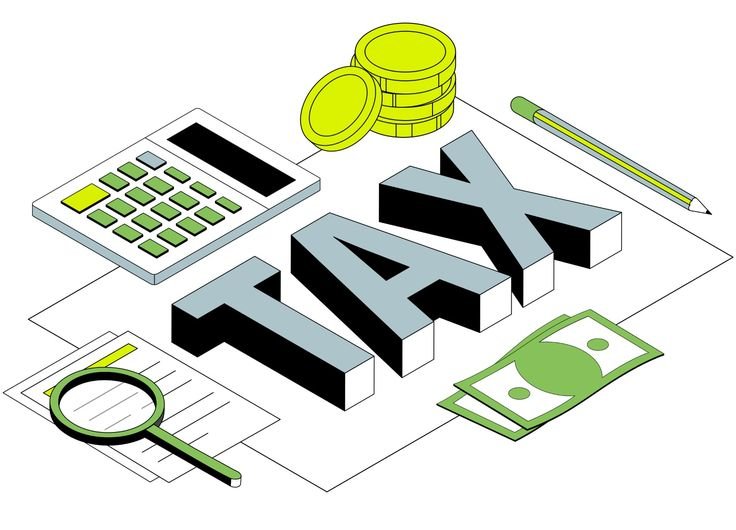If you sell products or services online, you’ve probably run into the confusing world of VAT (Value Added Tax) and sales taxes. At first glance, these systems look similar,they’re both consumption taxes added at the point of sale. But as a remote seller who might be operating across borders, the details matter. A wrong move can mean double taxation, legal headaches, or profit margins vanishing overnight.
Let’s break down what you need to know.
1. The Core Difference Between VAT and Sales Tax
- Sales Tax (U.S. Model):
In the U.S., sales tax is applied at the final point of sale. Only the end consumer pays it. Businesses making sales along the chain (manufacturers, wholesalers, distributors) do not collect tax from each other. The retailer is the one responsible for adding and remitting it.
- VAT (European/Global Model):
VAT works differently. It’s a multi-stage tax applied every time value is added,whether by a manufacturer, importer, or retailer. Businesses pay VAT on purchases and charge VAT on sales. They can reclaim what they’ve paid (known as input VAT), leaving only the final consumer bearing the full cost.
Key takeaway: If you’re selling to U.S. buyers, expect sales tax. If you’re selling to Europe, the Middle East, Africa, or parts of Asia, you’ll be dealing with VAT.
2. Why Remote Sellers Can’t Ignore This
With digital commerce exploding, governments have tightened rules on remote sellers. Ten years ago, if you sold ebooks or services online, you might have avoided collecting foreign taxes altogether. Today, not so much.
- U.S. “Economic Nexus” Laws:
In the U.S., after the landmark South Dakota v. Wayfair (2018) case, remote sellers can be required to collect sales tax in states where they have no physical presence,just based on revenue or transaction thresholds. For example, selling $100,000 worth of products into California could trigger an obligation to collect and remit tax, even if you’ve never set foot there.
- EU VAT on Digital Services:
The EU requires non-EU sellers of digital products (software, streaming, e-learning, etc.) to charge VAT based on the customer’s location. This means if you’re sitting in Bali selling an online course to a student in France, you’re expected to charge French VAT and remit it through the EU’s MOSS (Mini One Stop Shop) system.
Governments want their slice, no matter where the seller is located.
3. Common Traps for Remote Sellers
Many digital nomads and global entrepreneurs stumble into the same traps:
- Double Taxation: Failing to register properly can mean getting taxed both in your home country and the buyer’s country.
- Platform Assumptions: Some sellers assume platforms (Amazon, Etsy, Gumroad) always handle tax collection. While they often do in the U.S. and EU, it’s not universal. If you’re selling through your own website, the responsibility usually falls on you.
- Threshold Blindness: Many countries only require VAT registration after a certain revenue threshold (e.g., €10,000 in the EU). Ignoring these limits can put you in non-compliance territory fast.
4. Practical Steps for Remote Sellers
If you want to stay compliant,and keep your margins intact,here are the essentials:
- Map Your Market: Know where your customers are coming from. Selling to three countries is different from selling to thirty.
- Check Registration Thresholds: Each jurisdiction has its own threshold for when you must register for VAT or sales tax.
- Use Automation Tools: Software like TaxJar, Avalara, or Quaderno helps automate collection, calculation, and filing.
- Consider an Entity Setup: Sometimes forming a company in a favorable jurisdiction (e.g., Estonia for EU sellers) can simplify VAT compliance.
- Get Professional Advice: International tax law changes quickly. A short consultation with a cross-border tax advisor can save you from painful mistakes.
5. Strategic Mindset for Global Sellers
Instead of seeing taxes as a burden, think of them as the price of admission to global markets. Complying with VAT and sales tax rules builds trust with customers and keeps platforms from suspending your account.
But beyond compliance, smart remote sellers look at jurisdiction arbitrage:
- Where is the best place to incorporate?
- How do I balance low-tax jurisdictions with access to key markets?
- Can I structure my business so that platforms handle most of the compliance burden for me?
This is where the difference between a hustler and a long-term global entrepreneur becomes clear.
Final Thoughts
For remote sellers, VAT and sales taxes are not just accounting details,they’re a central part of your business model. Understanding the differences, tracking where your customers are, and setting up smart systems will keep you ahead of regulators and competitors.
The global economy rewards the prepared. Whether you’re selling handmade products, digital courses, or consulting services, treating VAT and sales tax with respect is a sign you’re not just hustling,you’re building a borderless business.













